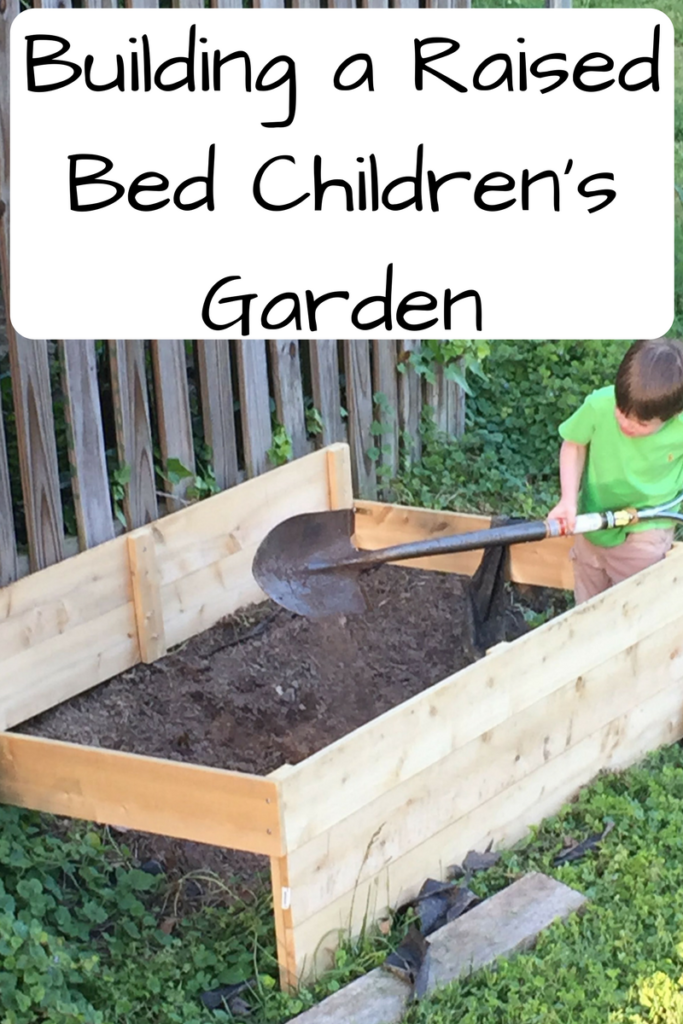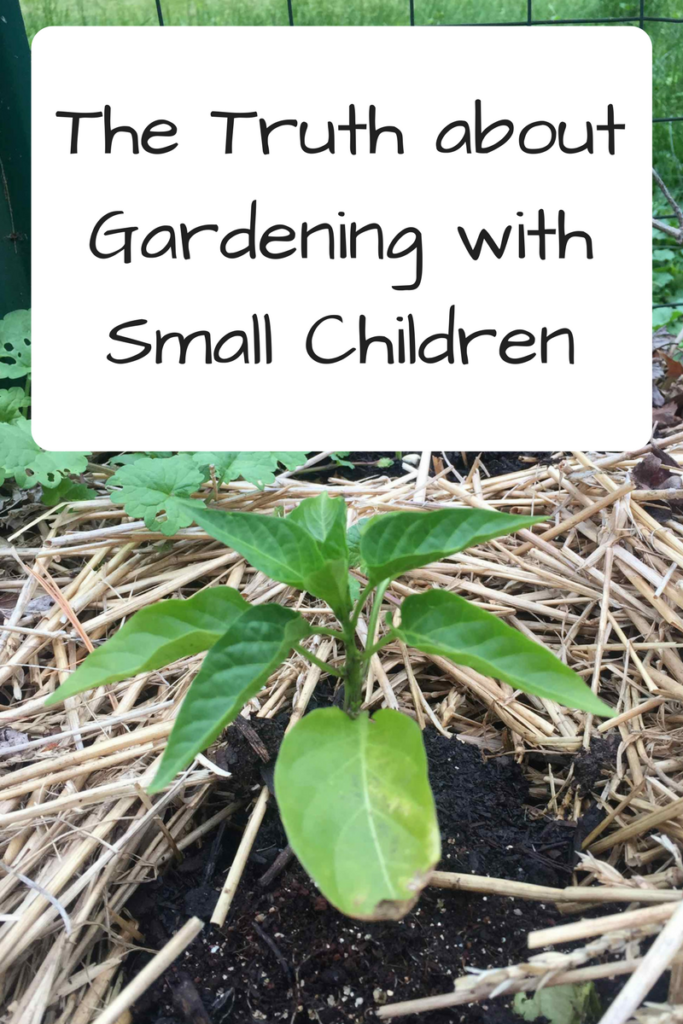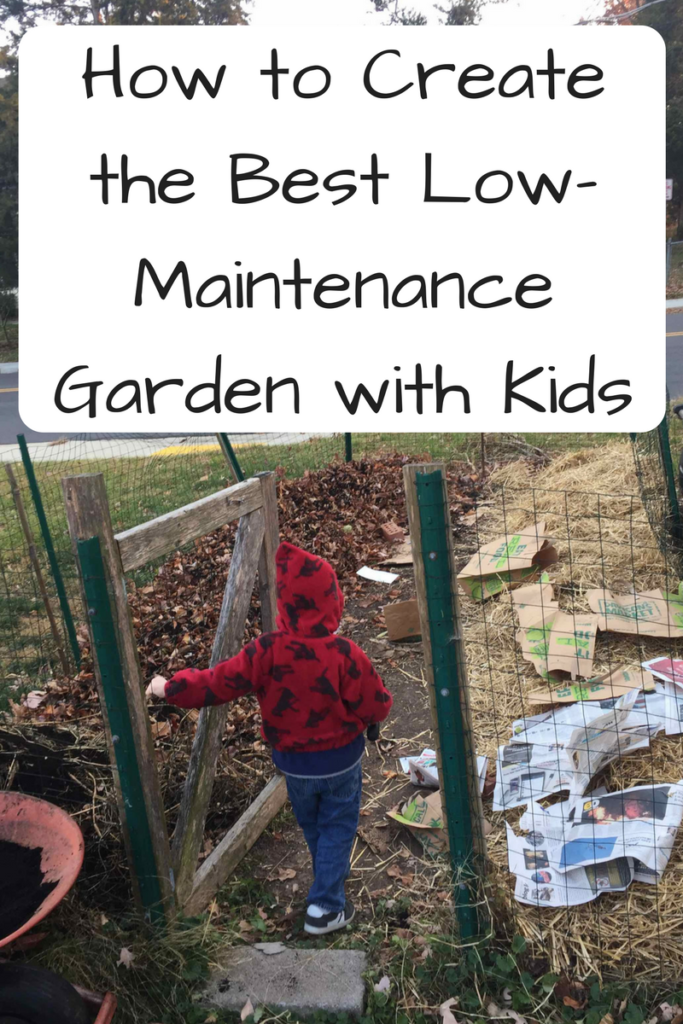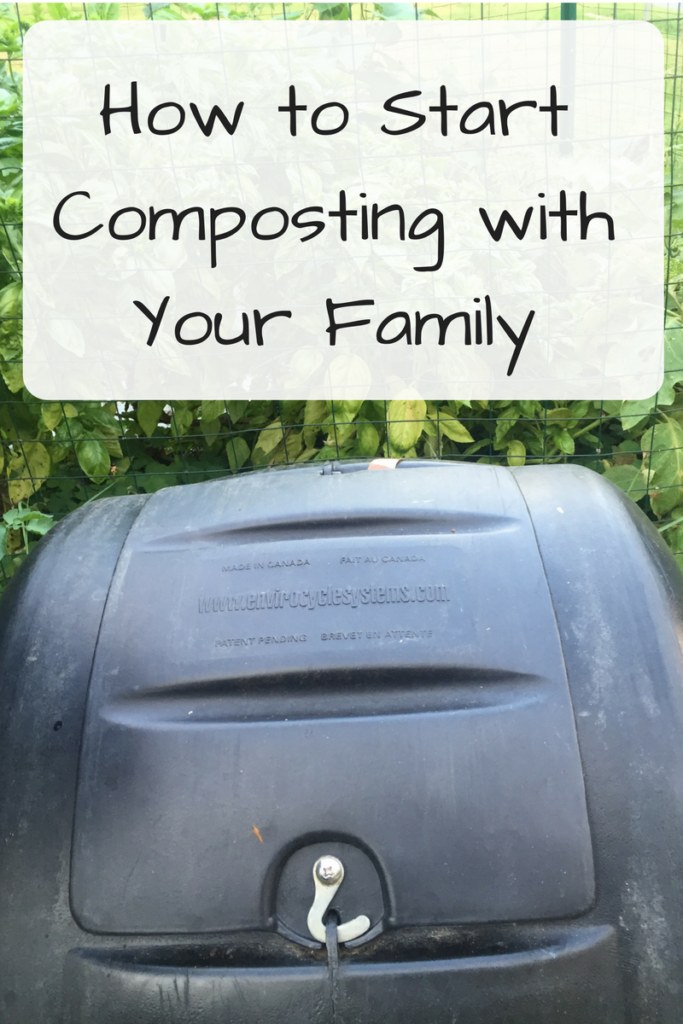I love gardening so much that I nicknamed my kid after a plant. (No, Sprout is not his real name. Yes, I’ve had people ask me that.) So of course, it was natural for me to continue it when I had kids. And like all things that I both like and are good for sustainability, I love to write about it!
So I was thrilled to bits when the Washington Post accepted my piece on the science of why you should garden with your kids. As I researched the article, even I learned a lot about the benefits of getting outside, having a healthy relationship with germs, and eating fruits and vegetables.
Here are the first few paragraphs:
———–
When our cherry tomatoes blush red each summer, my son eagerly plucks them from the vine and pops them in his mouth. He points at random plants and proudly declares, “That one’s mine!” And occasionally, he yells in panic as the hose from the rain barrel overflows his tiny watering can.
Admittedly, gardening with kids isn’t always idyllic.
But even when it’s chaotic, it can be tremendously beneficial.
———–
Read more of How Gardening Can Help Build Happier, Healthier Kids over at the Washington Post’s On Parenting section!




